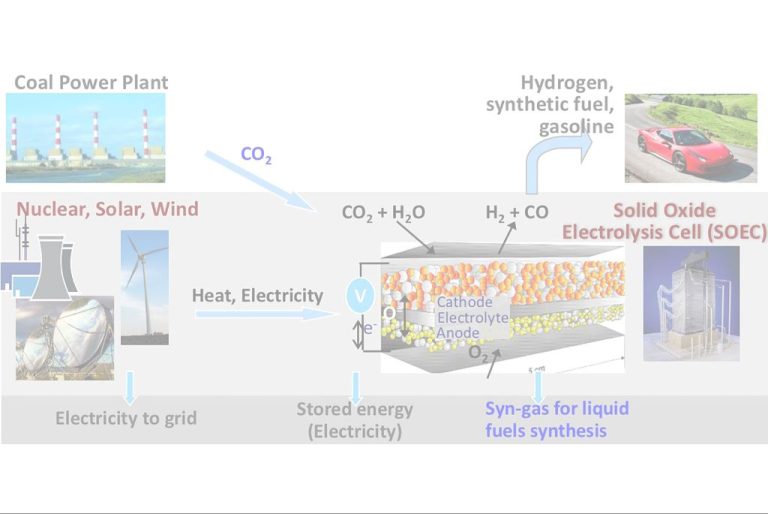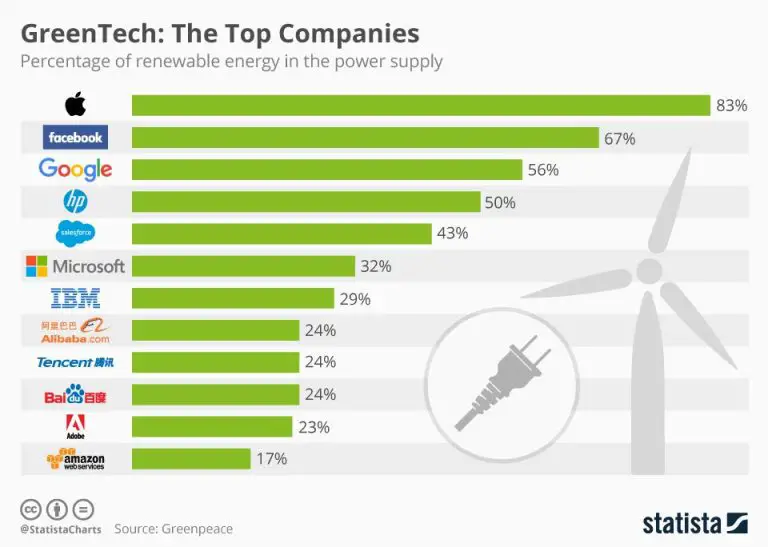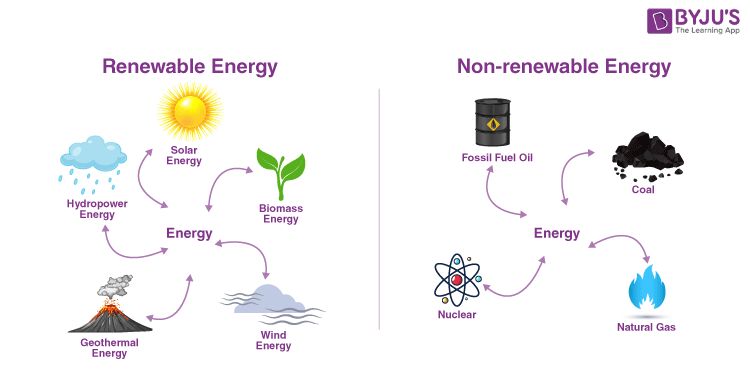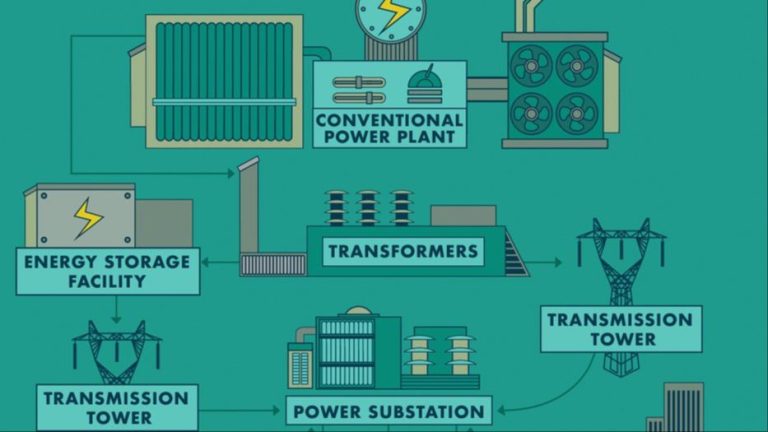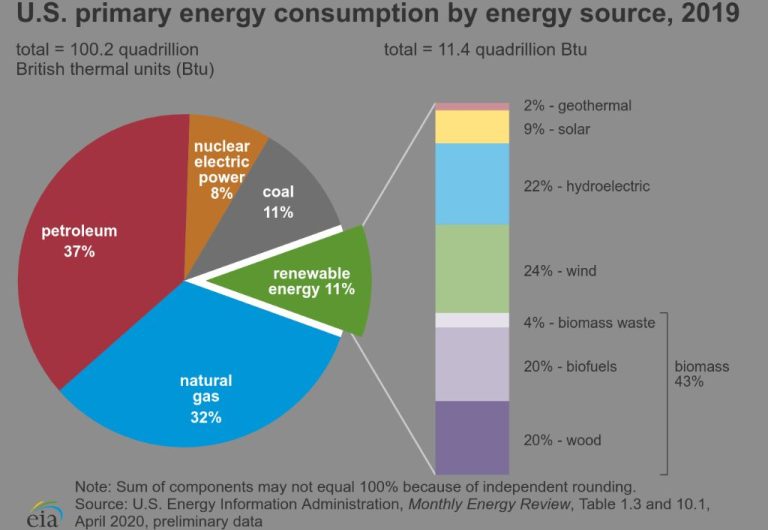What Is The Definition Of Light Energy And Examples?
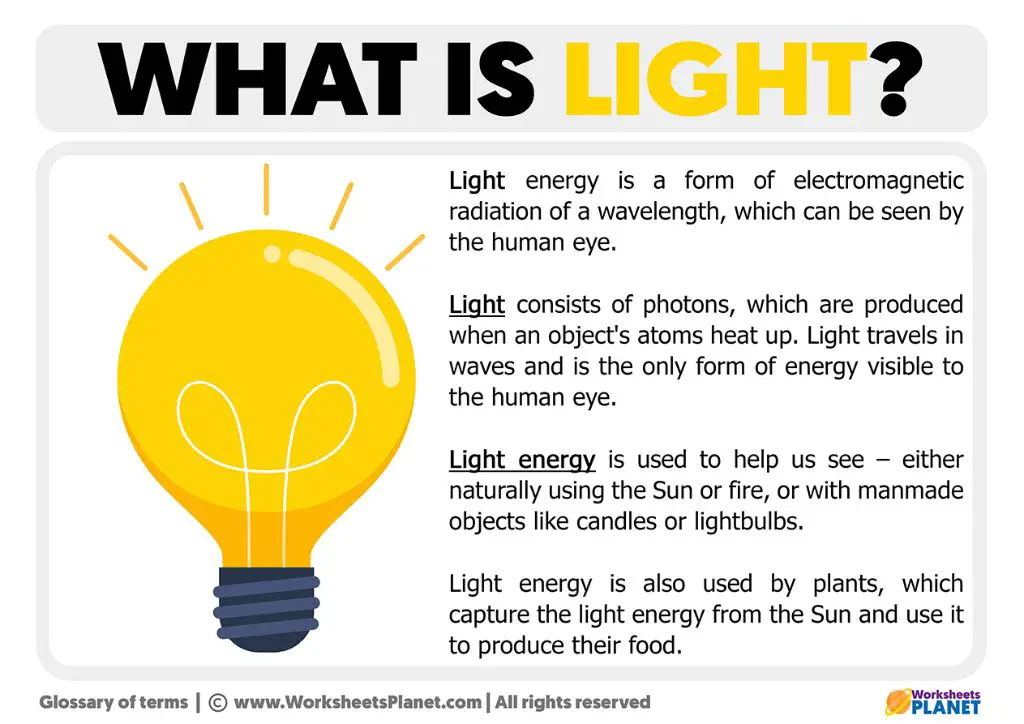
Light energy is radiant energy that can be detected by the human eye. Light enables us to see the world around us by illuminating objects and allowing our eyes to detect the reflection of light off them. But light is also a form of energy that has many uses beyond vision.
In this article, we will discuss the definition and properties of light energy. We will explore the various sources that produce light energy, as well as the many ways that light energy is harnessed and utilized. The conversion of light energy into other forms of energy will be examined. We will also cover some interesting facts and the overall importance of light energy in our world. The challenges associated with light energy use will also be reviewed.
What is Light Energy?
Light energy is a form of kinetic energy that allows humans to visually perceive objects. It is a type of electromagnetic radiation that is visible to the human eye (Solarschools.net). Electromagnetic radiation occurs in different wavelengths, and the wavelength range that human eyes can detect is what we call visible light.
Light energy is unique in that it exhibits properties of both waves and particles. It travels in a straight line until it hits an object or changes mediums. Light energy can be reflected, refracted, or absorbed by objects. It enables humans and other organisms to see the world around them (Byjus.com).
Properties of Light Energy
Light energy has some unique properties that differentiate it from other forms of energy like heat or sound. Some key properties of light energy include:
- Wavelength – This refers to the distance between consecutive crest or troughs in a light wave. Wavelength determines the color of light. Shorter wavelengths are bluer and longer wavelengths are redder.
- Frequency – The number of wave cycles completed in one second. Frequency is measured in Hertz (Hz). Higher frequency light has more energy.
- Speed – Light travels at an extremely fast speed of 186,000 miles per second (299,792,458 meters per second) in a vacuum. This speed is constant.
- Reflection – Light bounces off reflective surfaces like mirrors. The angle of incidence equals the angle of reflection.
- Refraction – As light passes between mediums like air and water, it changes direction slightly, which is called refraction.
- Diffraction – Light can bend around edges of objects or pass through small openings.
- Dispersion – White light splits into the visible color spectrum when passing through a prism.
Understanding properties like wavelength, frequency, and speed allows scientists to study light’s particle and wave duality. Measuring a light wave’s variables gives insight into its energy.
Source: GeeksforGeeks
Sources of Light Energy
Light energy comes from both natural and artificial sources. The most common natural source of light energy is the sun. The sun emits electromagnetic radiation in the form of sunlight that travels to Earth. Other natural sources of light energy include stars, fires, lightning, and bioluminescent organisms like fireflies.
There are also many artificial sources of light energy that humans have created. Some examples include:
- Light bulbs – Incandescent, fluorescent, LED, etc.
- Candles, oil lamps, gas lamps
- Flashlights
- Smartphone, computer, and TV screens
- Neon signs and fluorescent tubes
- Gas flames used for lighting and heating
- Lasers
Both natural and artificial light sources produce electromagnetic radiation that our eyes can detect and our brains interpret as visible light. This allows us to see objects illuminated by these light sources. The development of artificial lighting has enabled humans to illuminate homes, workplaces, streets, and other spaces for safety, productivity, and aesthetics.
Uses of Light Energy
Light energy has many important uses in our daily lives. One of the most common uses of light energy is illumination. Artificial light produced by light bulbs, fluorescent tubes, and LEDs allows us to see and work inside buildings, on roads and walkways, and in any dark environment (source). Natural light from the Sun allows plants, animals, and humans to see during the daytime.
Plants use light energy from the Sun during photosynthesis to convert carbon dioxide and water into glucose and oxygen. This process allows plants to grow and produce food. Without photosynthesis, plants could not survive (source).
Solar energy technologies like photovoltaic cells and solar thermal collectors capture light energy from the Sun and convert it into electricity or heat. This solar power can be used to provide electricity to homes, businesses, and the power grid. Solar energy is also used to heat water and indoor spaces (source).
Light energy has important applications in medicine, including surgical lighting, light therapy for certain conditions, and use of lasers for surgical procedures and cosmetic treatments. Certain frequencies of light can kill germs and are used to sterilize medical equipment (source).
Conversion of Light Energy
Light energy can be converted into other useful forms such as heat, electricity, and chemical energy 1. Here are some examples of how light energy conversions work:
In solar panels, sunlight is converted into electricity. Solar cells in the panels absorb photons from sunlight and generate an electric current. This photoelectric effect allows solar panels to generate renewable electricity from light energy.
During photosynthesis in plants, light energy from the sun is converted into chemical energy and stored in the bonds of glucose molecules. The plant absorbs light in its chlorophyll pigments, which starts a chain of reactions that convert CO2 and H2O into glucose and O2.
Sunlight that hits an object can be converted into heat energy. As light is absorbed by the object, the photons excite the atoms and molecules, speeding up their vibrations. This increase in atomic motion generates thermal energy, heating up the material.
An incandescent light bulb works by heating up a tungsten filament with electric current until it glows to produce light. Here electrical energy is being converted into both heat and light energy.
In general, light interacts with matter in different ways, allowing it to be transformed into many usable forms of energy for human applications.
Interesting Facts
Light energy has some fascinating properties. Here are a few interesting facts:
Light travels at 186,000 miles per second, making it the fastest moving thing in the universe. This speed is referred to as the “speed of light.” Source
Light from the sun takes about 8 minutes to reach Earth. This means we see the sun as it was 8 minutes ago, not as it is right now. Source
Different colors of light have different wavelengths, which is why prisms can split white light into the colors of the rainbow. Red light has the longest wavelength while violet has the shortest. Source
Bioluminescent organisms like fireflies, glow worms, and deep sea creatures can actually produce their own light through chemical reactions in their bodies.
Light levels are measured in units called lux. Direct sunlight is about 100,000 lux while a well-lit office is around 500 lux.
Importance of Light Energy
Light energy is extremely important for life on Earth. It provides the energy that plants need for photosynthesis, which is the process plants use to convert light energy into chemical energy they can use for growth. Without light energy, plants could not produce food and oxygen. According to the University of California Museum of Paleontology, the evolution of photosynthesis in ancient bacteria completely transformed the early Earth’s atmosphere by producing oxygen.
Light energy is also essential for human vision and health. Our eyes contain light receptors that allow us to see color, detail, and depth. Exposure to sunlight provides vitamin D, which helps the body absorb calcium for strong bones. Light therapy is also used to treat seasonal affective disorder and other conditions. Proper lighting in homes, schools, and workplaces increases productivity, learning, and overall wellbeing.
In technology, light energy powers solar panels that convert it into electricity. Fiber optic technology uses light pulses to transmit information through cables. Lasers concentrate light energy for precision cutting and welding, surgery, and a wide range of other applications. According to the U.S. Department of Energy, solid-state lighting based on LEDs could cut lighting electricity use by one fourth by 2030.
Overall, light energy plays a critical role in sustaining life, enhancing health, powering technology, and enabling modern civilization. As a ubiquitous source of renewable energy, light will continue enabling human progress far into the future.
Challenges with Light Energy
While light energy provides many benefits, there are some notable challenges associated with it. One major issue is light pollution, which occurs when excessive artificial light brightens the night sky. This disrupts ecosystems that depend on natural light patterns and obscures views of stars and planets (1). Light pollution has been linked to negative impacts on human health through disruption of circadian rhythms that regulate sleep-wake cycles (2).
Another challenge with light energy is efficiently capturing it for conversion into other useful forms of energy. Indoor environments make light energy harvesting difficult due to lower light intensities compared to outdoors (2). Solar cells like silicon are inefficient at converting indoor light into electricity. Researchers are exploring options like GaAs solar cells to improve indoor light energy harvesting for powering devices (2).
Overall, while light energy offers many advantages, managing light pollution and improving conversion efficiency remain important challenges needing further study and innovation.
Sources:
(1) https://pubs.acs.org/doi/10.1021/acsenergylett.7b00746
(2) https://www.researchgate.net/publication/263530987_GaAs_solar_cells_for_Indoor_Light_Harvesting
Conclusion
In conclusion, light energy is a form of electromagnetic radiation that is visible to the human eye. It has unique properties such as traveling in a straight line, reflecting off surfaces, refracting through mediums, and scattering when obstructed. Common sources of light energy include the Sun, fire, lasers, and light bulbs. We rely on light energy for photosynthesis in plants, solar power, vision, and various technologies. The conversion and interaction of light allows us to harness it for human purposes. While vital to life, light pollution is an increasing challenge. In summary, light energy powers life on Earth, helps us see the world around us, and enables key technologies that drive civilization forward.
As we have seen, light energy has a diverse range of properties and applications that profoundly shape our lives and world. Appreciating the science behind light allows us to better utilize this essential form of energy. With knowledge and care, light energy can continue enlightening our lives while keeping our planet in balance.


